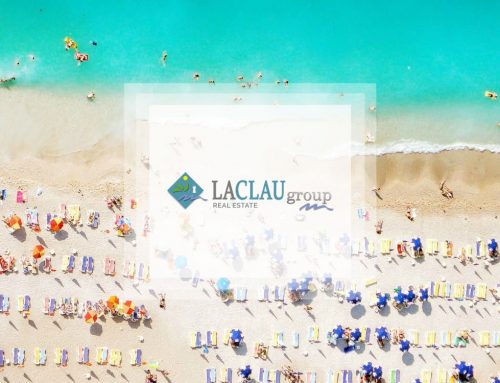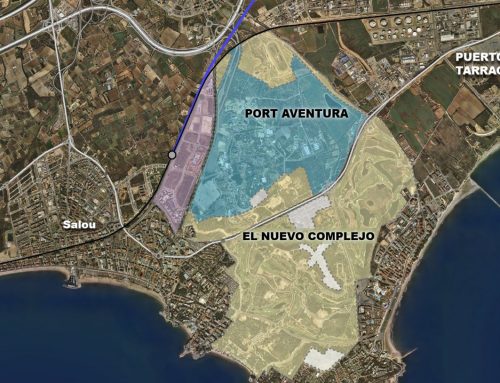A total of up to 66 unique houses, scattered by the traditional Villa de Sitges make up the exceptional architectural ensemble “La Ruta de Los Indianos”. Linked to our cultural heritage, the legacy of the “Americans” receives hundreds of guided visits each week, to which neophytes and specialists from all over the world are added, attracted by art and history.
The local Information and Tourism office provides a map with an itinerary that allows us to admire and discover different styles: Modernism, Eclecticism, Noucentisme and even Romantic Neoclassicism.
On October 12, 1778, under the reign of Carlos III of Spain, the Regulation and Royal Tariffs for Free Trade of Spain to the Indies was promulgated, known shortly after as the Free Trade Regulation with America. This initiative had its origin in the framework of the Bourbon reforms that would allow the free commercial diffusion between Spain and Spanish America hitherto affected by a controlled and exclusive monopoly that only favored a minority of investors. In a short time 13 Spanish commercial ports were opened that would be connected to the 27 of the Indies.
The term “Indias” was introduced by Marco Polo to refer to large regions of Asia and America, some of them colonized by Spaniards. The conquerors then found natives with lifestyles more primitive than their own, whom they called godless, “Indians” because they did not profess Christianity. In turn, the natives, who were hairless, called the settlers “barbados” or “barbarians” because of their prominent beards, the result of a long journey by sea. So that over time, doing the Indian declined in the voice “make the Americas”, something like traveling to a virgin land and great commercial opportunities to amass a great fortune, or at least to try.
Who does not remember the choreography of Leonard Bernstein, “America” in West Side History?
I HAVE A UNCLE IN AMERICA
Migrants from Sitges, however, chose mainly the coasts of the Caribbean, where there were abundant harvests of: coffee, cotton, corn, sugar, cocoa, vanilla, and excellent rum was distilled, skins were also tanned and dyes were made … among other appreciated products and markets.
Some of those pioneers, such as Facundo Bacardí (the second ingredient of the popular “Cuba Libre” combo) got it and came back rewriting their own story. They had that mixture of young and adventurous spirit, of passion to discover new places and to live new experiences, without fear of the risks of the trip or simply to fail.
Those who returned successfully would be popularly known as Los Indianos. Those brave merchants deeply influenced by what they had seen and shared, created different business models, brought freshness to the peaceful Villa de Sitges and built different colonial style houses. A good number of them are still preserved between the face of the current city, more modern and yet at no time ready to renounce its marked identity.
The route of Los Indianos includes those constructions and they are still today a legacy of great documentary value collected in the historical archive and fervently adhered to the character of our town.
All these houses stand as a unique testimony of the illusion, way of thinking and feeling of our ancestors. Each of them is unique and you have to admire them without haste. Among the most visited is Can Carreras. Designed in 1906 by the architect Josep Pujol i Brull as one of the most successful modernist works of Sitges and that can be found on Calle Francesc Gumà, 23.
As an agency for the sale and rental of real estate, in La Clau Group we are aware of the great value that gives the municipality the conservation of a cultural heritage of these characteristics. The Garraf region is undoubtedly a privileged place to live, and our proposal is always to ensure the comfort and well-being of our clients.
The houses of the Indianos have overcome the difficult test of time and survived to this day. In a way, this evidence teaches us that when you put affection in what you do you can create lasting friends, it has happened to our clients, especially those we have known for a long time.
The Villa de Sitges is full of exciting stories with humble beginnings, we have not forgotten our beginnings and all those who trusted us.
Article written by Manuel Julián for La Clau Group






